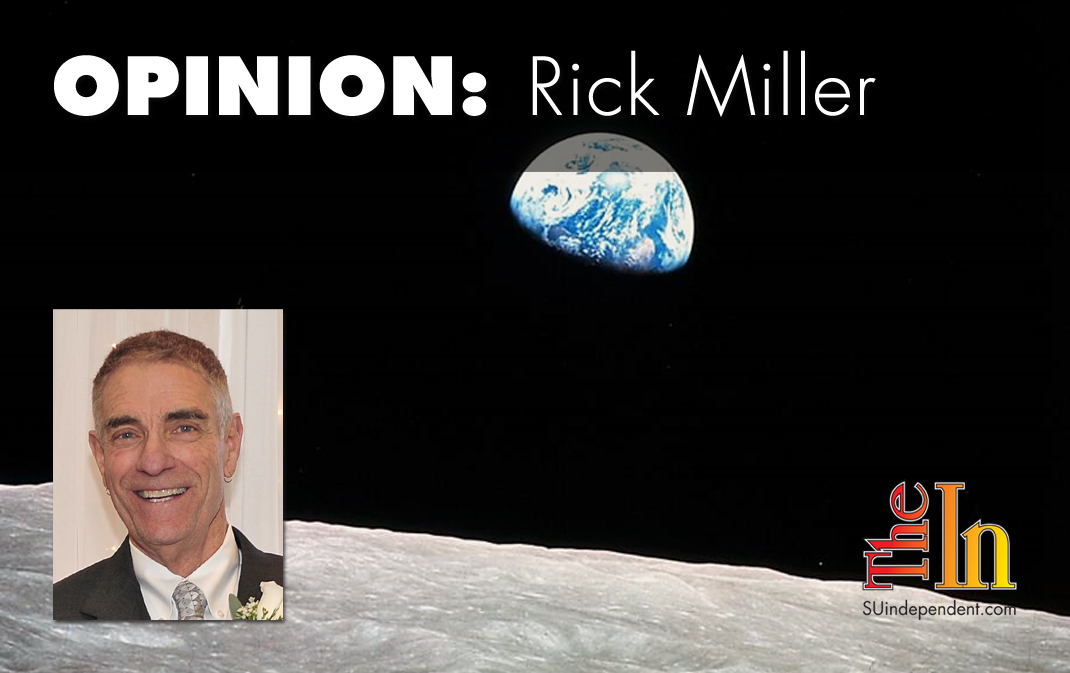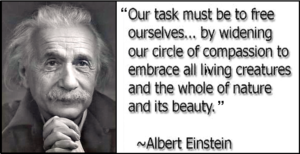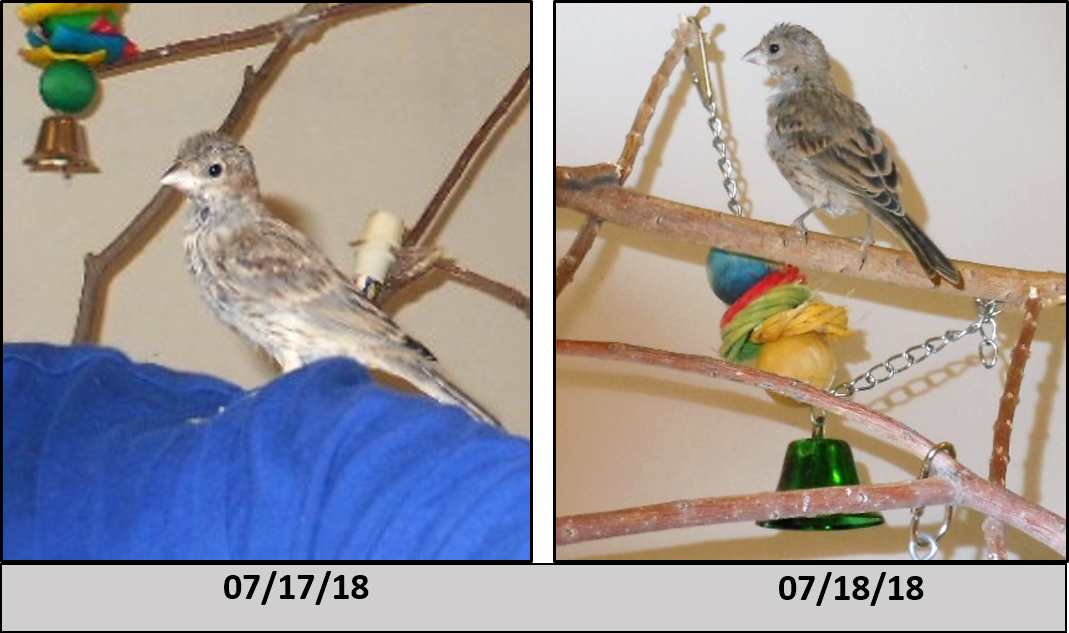 Sharing our Earth with other living things
Sharing our Earth with other living things
Actually, it is not “our” Earth, but it is where we live! Modern humans, who have been given the scientific name Homo sapiens sapiens, are but one of almost two million presently recognized species that currently inhabit this tiny planet. Most biologists estimate there are perhaps two to three times that many species that we have not yet found. An even larger number of other species have existed through most of the Earth’s history, perhaps many millions, but nearly all have become extinct and have not left a record of their existence. Only an extremely tiny fraction of these species have been preserved, and even fewer have been discovered in the rock record. In fact, extinction is the typical pattern for all species, and it has been recognized by paleontologists that on average a species may only exist for about 5 million years. There are long-lived exceptions, but they are very, very few in the scheme of things.
We humans consider ourselves to be a pretty special species as we possess large brains and have a high level of intelligence, which presumably distinguishes us from all other animals. Although this has turned out to be simply our own self-centered consideration. Beginning in the 1960s, it was recognized that other mammals, some birds, and other types of organisms also possess a significant level of intelligence (termed cognition). Some well known pioneer examples include Koko the gorilla and Alex the African gray parrot. More recently, various levels and types of intelligence have been recognized in some larger marine mammals and in an increasing variety of other organisms, even including invertebrates such as octopi and spiders. For some fascinating examples of animal intelligence, try a search engine with the topic of “animal intelligence.”
 One significant trait of intelligence well recognized and generally acknowledged in humans is our potential for expressing empathy and compassion, both of which are very visceral emotions. We have the ability to recognize and feel pain and suffering of others and can express compassionate behavior by extending help to those who are suffering. Since we share this planet with so many other creatures, an increasing number of whom are recognized to have intelligence and awareness, is it not compassionate that we treat them well?
One significant trait of intelligence well recognized and generally acknowledged in humans is our potential for expressing empathy and compassion, both of which are very visceral emotions. We have the ability to recognize and feel pain and suffering of others and can express compassionate behavior by extending help to those who are suffering. Since we share this planet with so many other creatures, an increasing number of whom are recognized to have intelligence and awareness, is it not compassionate that we treat them well?
Just recently, I found two tiny baby sparrow hatchlings, not more than a few days old, which had been blown out of their nest in a windstorm and were lying in my driveway. One was already dead; the other was near death, completely helpless, eyes not yet open, no feathers to speak of, no way to hide or get food. No parent birds were around. What should be done? Let nature take its course, or try to save and nurture the surviving hatchling? To me, there was no question as to what should be done. The gift of human compassion requires an attempt to save this tiny creature.
Information on what to do in this situation can be found online, including the “leave baby animals alone,” “call animal control,” etc. There are also sites that provide information on how to house, feed, and otherwise care for such a baby, and it seems to have worked. There is a problem, though, because this little bird is now bonded to me. It has no idea how to get food or protect itself and survive.
 When I found her, she had almost no feathers, her eyes not were not yet open, she had no tail feathers to speak of, and she was barely able to move. Feeding times were 1–2 hours apart with a small syringe and a variety of ground-up seeds and nuts in warmed-up almond milk. She showed daily progress. In less than four weeks, she could fly, and by watching another bird living with her (a conure), she is learning how to eat on her own.
When I found her, she had almost no feathers, her eyes not were not yet open, she had no tail feathers to speak of, and she was barely able to move. Feeding times were 1–2 hours apart with a small syringe and a variety of ground-up seeds and nuts in warmed-up almond milk. She showed daily progress. In less than four weeks, she could fly, and by watching another bird living with her (a conure), she is learning how to eat on her own.
Most wild birds (and almost all other animals) exhibit a fearful flight response when approached by a human. Is this fear response instinctual as most humans consider it to be, or is it rather a learned behavior within an intelligent and aware brain? This baby sparrow seems to have no fear of her human caretaker (me), which suggests that a fear of humans is at least partially a learned response rather than just completely instinctual. I decided to name her Gizmo!
 Gizmo is now a bit over 5 weeks old and pretty much a grown-up little bird. She is very active and explores her large aviary-like living area. She has basically weaned herself and checks out all kinds of seeds, nuts, and vegetables. She has begun to vocalize and interact with my conure. She likes to take naps in the afternoon, either sitting on my shoulder or head. Gizmo likes to perch on my shoulder or arm, and is getting into playing with “toys.”
Gizmo is now a bit over 5 weeks old and pretty much a grown-up little bird. She is very active and explores her large aviary-like living area. She has basically weaned herself and checks out all kinds of seeds, nuts, and vegetables. She has begun to vocalize and interact with my conure. She likes to take naps in the afternoon, either sitting on my shoulder or head. Gizmo likes to perch on my shoulder or arm, and is getting into playing with “toys.”



